Why do women experience more knee pain than men?

Disclaimer: This blog post is for educational purposes only. Our information is sourced from national organizations of authority and peer-reviewed publications, but please keep in mind that we at Bracelayer® are not medical professionals, just people who know a bit about healthy knees. Consult with your doctor if you are experiencing pain or planning to make lifestyle changes.
Studies show that women experience more knee pain and knee injuries than men. Women are also at a much higher risk of diseases that cause joint pain, particularly osteoarthritis. But why?
Some studies suggest it is because of differences in the makeup of women’s nervous systems. Others suggest women have more joint pain because they have smaller and thinner bones and cartilage. When I took a look into this phenomenon, there seemed to be one very crucial thing in common. Women seemed to most often experience knee pain in times of hormonal flux: during menstruation, pregnancy, and menopause.
What’s the common denominator? And is there anything that can be done about it?
Knee pain during menstruation:
Plenty of women report knee and joint pain before and during menstruation.
The hormone estrogen seems to be one of the main links between women and knee pain. According to Everyday Health, the “plummet” of estrogen levels before a period and the “rise” after is likely to be the cause of joint pain.
Though they note it’s hard to make a blanket statement about how menstruation affects women’s knee pain because cycles can be so varied, a 2016 study found that women’s knee joint laxity did decline during their periods. To put it more simply, women’s joints are looser and more stable during menstruation. As of 2022, results are inconclusive about whether or not this is solely due to hormonal changes, also largely because women’s cycles vary widely and are often irregular.
Another study notes that pain sensitivity also fluctuates during menstruation, which causes women to feel more pain all over their body. That doesn’t mean that additional pains, like knee joint pain, aren’t present outside of this time, but that it’s more intense during it.
Knee pain during pregnancy:
There are a number of factors that cause knee pain during pregnancy. It’s not just the added strain of carrying and growing a new human being in your body, though of course, it is a major factor. Gaining weight quickly can impact joints, as they’re used to carrying a lighter load. This is perhaps why women in their third trimester of pregnancy report the most knee pain – 73.68% of them!
Since your body is carrying more weight than it’s used to, and your abdomen has expanded outward to make room for the baby, your body’s sense of itself gets thrown off. This bodily sense is called proprioception, and it’s a major factor in a person’s knee joint health at any age, gender, or activity level. Pregnancy affects your proprioception because added weight and dimension are likely to alter your posture, which in turn alters your balance, and thus leads you to misstep or even hyperextend your knee.
It turns out that older moms, in their 30s and beyond, are more likely to experience severe knee pain. And unfortunately, it’s more likely that it will last longer. As we age, the distance between our joints becomes smaller, and our cartilage wears down. The added pressure of baby’s weight (and the weight that baby doesn’t take with them) only speeds up this process.
And of course, major fluctuations in a pregnant woman’s hormonal profile contribute to this. Estrogen “peaks” during pregnancy and “dips” post-partum, according to Dr. Tarvez Tucker. Weight and mass distribution certainly affect hormone production too, during and independent of pregnancy, but there are many factors that contribute to endocrine health.
Knee pain during menopause:
A couple of interconnected bodily changes causes knee pain during menopause and after. First, know that according to researchers Dr. Anna Fenton and Nick Panay, “a spectrum of musculoskeletal symptoms occur at menopause.” In this spectrum, osteoarthritis is one of the most common. Osteoarthritis overwhelmingly impacts women more than men.
Again, estrogen is a major factor. Since estrogen is a key hormone in women’s joint health, and menopause means a great reduction in estrogen production, menopausal women experience more joint problems. In particular, because of the sudden loss of estrogen, menopause causes the articular cartilage, a very important part of the knee, to degenerate. In turn, the degeneration of articular cartilage can lead to various forms of arthritis.
What’s a girl to do?
A study published in Sports Medicine shows athletes who are women are four to six times more at risk for injuries to the anterior cruciate ligament, or ACL, than athletes who are men. The study suggested that women’s cyclical hormone fluctuations were a major contributing factor, but more research and trials were needed. As of 2023, the results are still inconclusive. There’s definitely some sort of link between menstrual cycles, knee pain, and injuries, but the exact one does not seem to be known.
No matter what stage you’re at in pain progression – that is, if you’re not yet experiencing joint pain or have for years – preventative measures are always a great idea. Being proactive about your joint health will make you stronger and hopefully keep you active longer. Love your knees and they will love you back.
So how can you prevent joint pain and degeneration? We have a few tips for you:
- Exercise regularly and safely: Take care to ensure you use proper form during exercise. Work out with a trusted friend who can keep an eye on your form or consult a personal trainer to ensure you’re not actually hurting yourself while trying to take care of yourself.
- Eat a variety of foods rich in protein, calcium, and Vitamin C and D: Eat your greens! For collagen and calcium, look no further than your leafy greens. Vitamin D is known to help calcium absorption and keep bones and joints healthy. Taking supplements of vitamin D, which all Canadians should be doing, has more specifically been “associated with significantly less progression of knee joint abnormalities.” Some studies also say that Vitamin C can help prevent osteoporosis and that collagen supplements can help keep joints healthy as you age!
- Support your joints during activity, even if you aren’t experiencing any pain yet: Wearing sensible shoes never goes out of style. Choosing comfortable footwear keeps your joints aligned and prevents them from absorbing excessive shock from activity. Studies are also showing that wearing compression gear is one of the best ways to take care of your joints.
Compression leggings for women – a possible solution?
If you’re a woman experiencing knee pain, compression pants (also called compression leggings) might be your new best friend. Compression pants are a garment made out of strong synthetic materials that provide support to muscles and joints and promote circulation. Though compression pants are still mostly used by athletes or people recovering from severe injuries, you don’t have to be an athlete to wear them. Compression pants are for everyone!
Standard compression pants are great for increasing stability, balance, and proprioception. Remember how important proprioception is to joint health?
However, standard compression pants don’t provide targeted compression for the joints that hurt you the most… but Bracelayer® compression pants do!
Bracelayer® compression pants provide targeted support around the knees and hips. They have a built-in Tri-Tech support layer where you need it most. Though they were originally designed to be worn under knee braces for extra support and to keep them from sliding down, Bracelayer® pants are great for anyone who has or is expecting to have knee pain.

Basically, Bracelayer® pants are compression pants and compression knee sleeves all-in-one. And because both these features are in one stylish, yet understated pair of pants, you don’t have to worry about your knee compression sleeves rolling down during exercise. Simply put them on and go!
Shop the complete collection of Bracelayer® knee stabilizing compression pants here!

















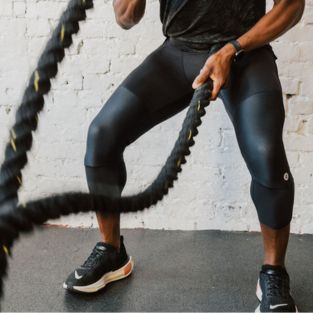
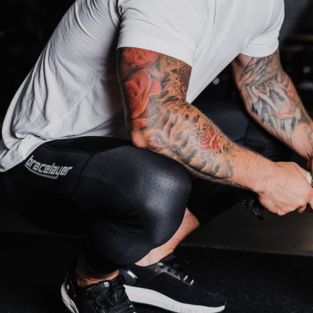

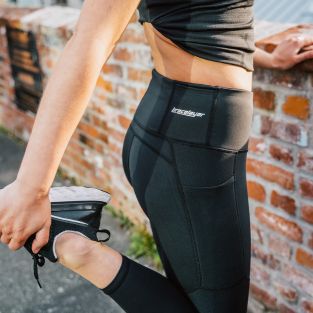
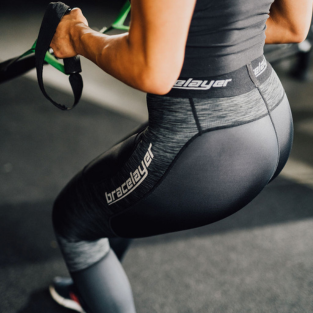

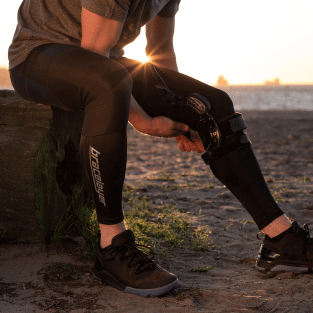
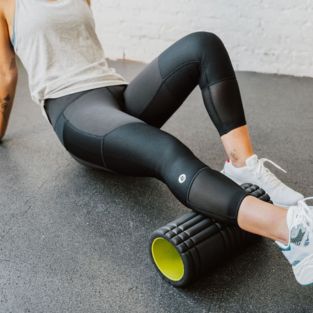
I am a 49 year old and have been very active my entire life. A year ago I acquired a tear in my meniscus. I have been vigilant doing my physiotherapy for the year. With little relief. In October I bit the bullet and invested in two pairs of Bracelayer (1.5 and 2 mil). They have been a game changer for my daily walks. I did have an issue with my order, Bracelayer was attentive and very quick to make me satisfied. I have since ordered two more pairs (the insulated and vent pairs) as I can see they will be part of my everyday before and after and medical intervention I may receive.
Thank you Bracelayer!
Leave a comment